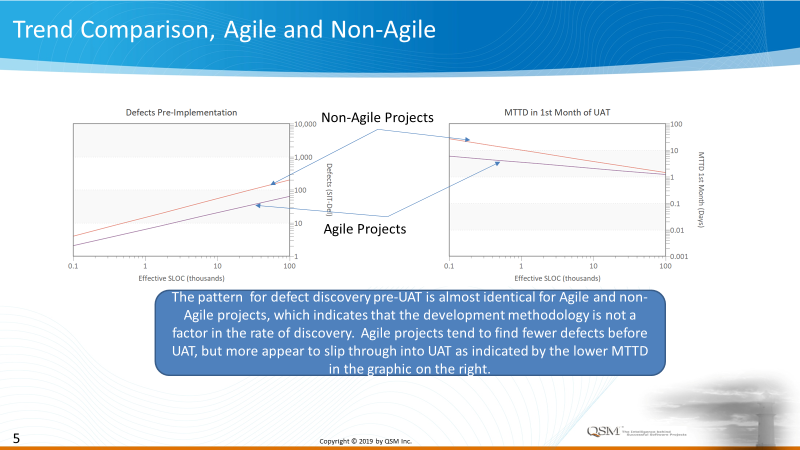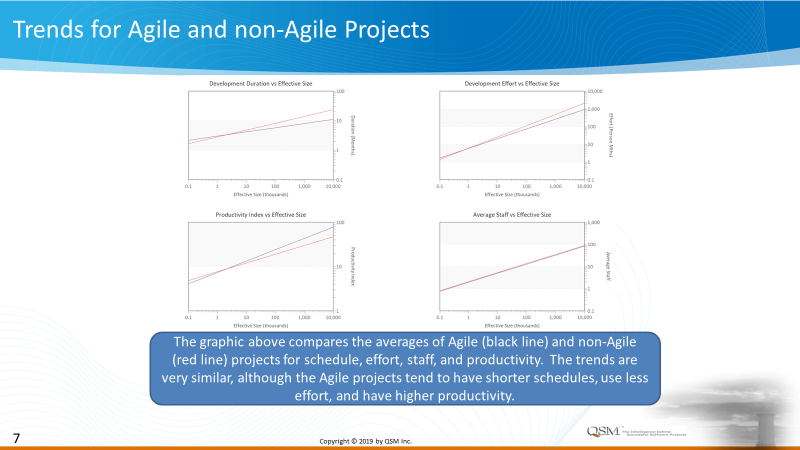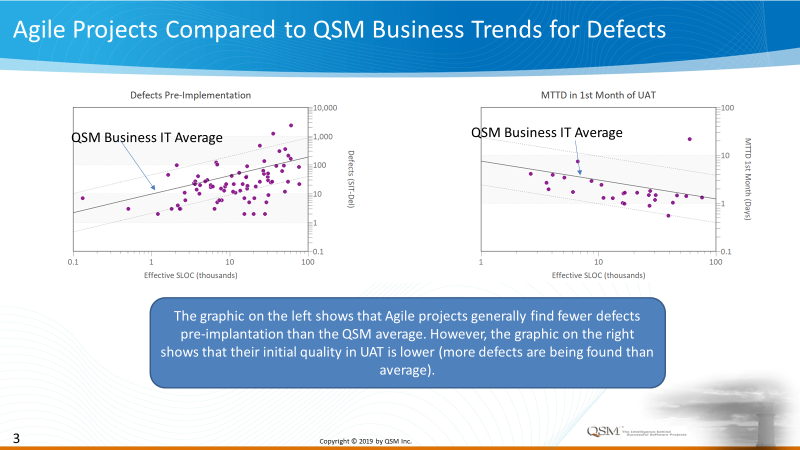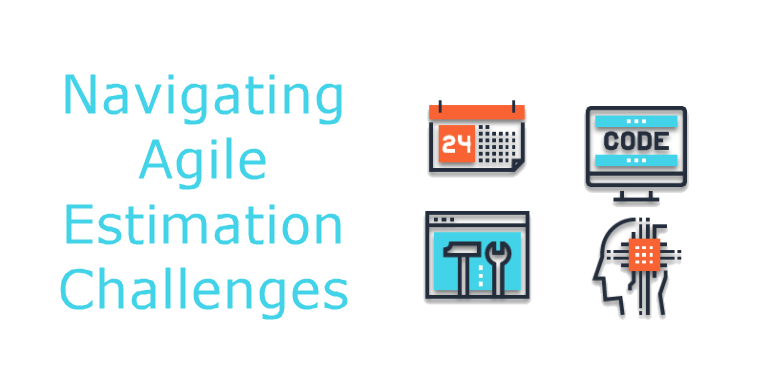Which Software Sizing Metrics Are Best for Your Type of Work?
The size of your house is measured in square feet, and the bigger the size, the more time and money it will take to build. The same principle applies to software development projects. Not only do time, effort, staff cost, quality and productivity increase with software size, they increase exponentially. So, what's the best unit for quantifying software size? You're probably using one or more of these familiar function units. Which one is best for you?
![]()
In Episode 5 of our video series, Software Size Matters Why Quantifying Software Size is Critical for Project Estimating, Tracking, and Performance Benchmarking, we take a closer look at sizing function units and how to capture complexity. In previous videos, we discussed why quantifying software size is important, what software size is and is not, and how to use different sizing methods. In Episode 3, we said that the sizing method you choose is largely determined by where you are in the development lifecycle because that dictates the amount of data available. When choosing a function unit, a good question to ask is what type of work will you be performing?





